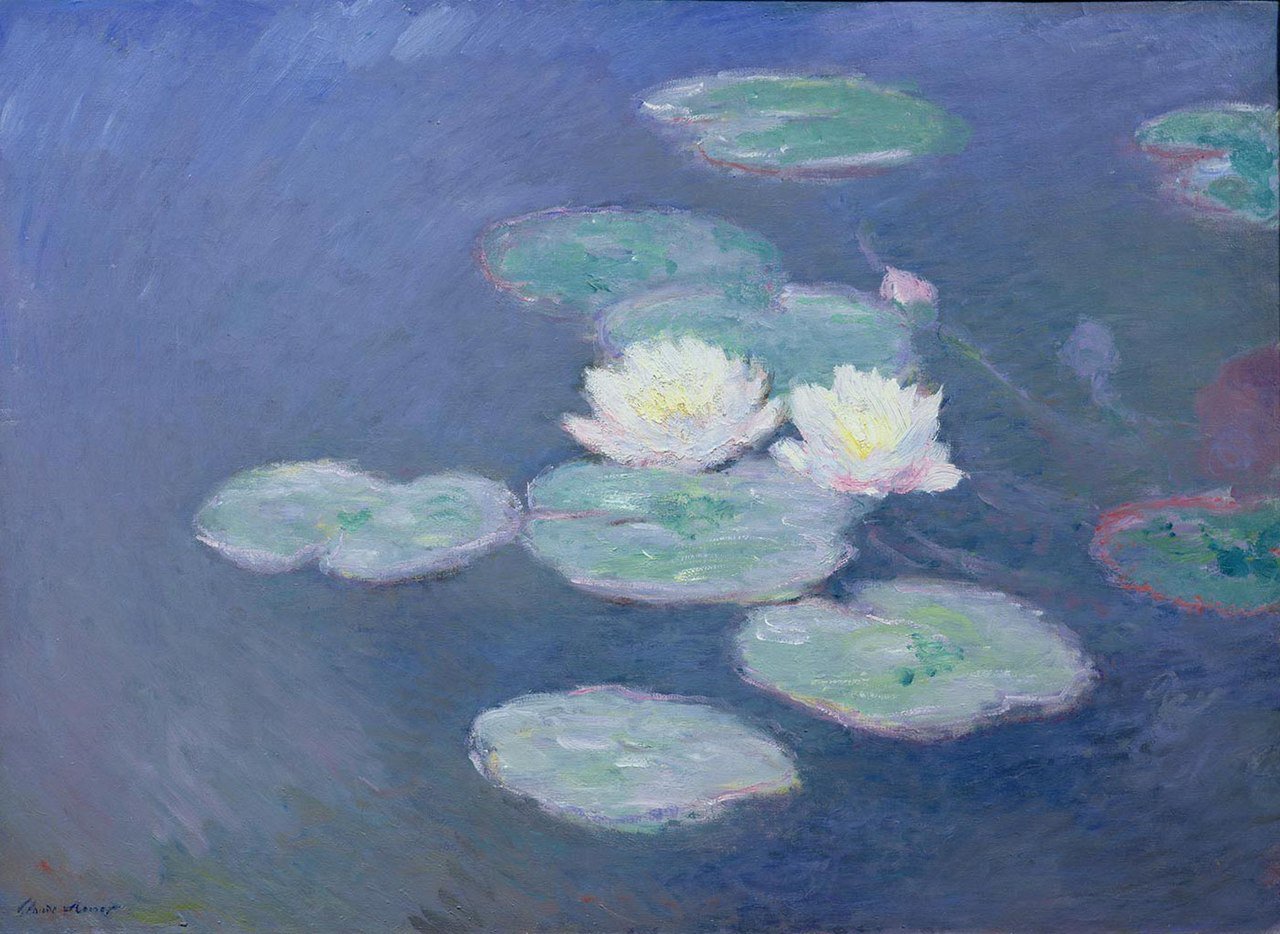BLOG: The link between UV light, IOLs and Claude Monet’s water lilies
Few eye care providers, let alone non-specialists, realize that the human retina is quite capable of seeing ultraviolet light.
It is conventionally taught that the human visual range spans only a tiny fraction of the electromagnetic spectrum, from 400 nm to 720 nm. In fact, the opsin in human S cone photoreceptors — and to a lesser extent L and M cones — can detect wavelengths as short as 300 nm, and our rods can detect wavelengths this short as well. This is well into the UV spectrum.

UV light is divided into ranges of increasing energy: UVA is the gentlest, covering from 400 nm to 320 nm. Commonly called “soft UV” or “black light,” it is used to fluoresce driver’s license watermarks and light-colored clothing in amusement parks. UVA is visible to some birds, insects and fish.
UVB is shorter and more energetic, spanning 320 nm to 280 nm. This radiation penetrates the skin, where it causes sunburns, damages collagen fibers and accelerates aging of the skin, and causes DNA damage and mutations. However, UVB also reacts with cholesterols to create the essential fat-soluble steroid vitamin D.
UVC is very short, 280 nm to 100 nm, and sometimes called “hard UV.” UVC is very harmful, ionizing and germicidal, and is often used to disinfect water, food preparation surfaces and laboratory spaces.
Even shorter UV exists, generally characterized as Extreme UV (100 nm to 10 nm), which interacts even with electrons in the atomic inner valences. Wavelengths shorter than 10 nm are called X-rays.

Normally, no UV reaches the retina. Some of this is due to the cornea, which blocks any wavelengths shorter than 300 nm, but the primary protective layer is the crystalline lens. Although in general the lens limits all wavelengths shorter than 380 nm, this ability is not fully developed in very young children, who can see slightly into the UVA range. By maturity, however, all UV is stopped quite effectively.
Since the early 1980s, IOLs have been manufactured to block UV light. However, aphakic people — patients who have had a lens removed but no IOL placed — lack this protection and have no trouble seeing UVA and even UVB light (Griswold MS, et al). William Stark, PhD, professor emeritus of biology at Saint Louis University, has been monocularly aphakic since a childhood accident and describes UV as whitish blue to whitish violet.
This explains a curious development in Claude Monet’s famous water lilies paintings. Monet was known for his obsessive observation and recreation of color. However, in his later years he struggled with increasingly dense cataracts, famously producing coarse paintings full of muddied hues. By 1923, his vision was reduced to light perception in the right eye and 20/200 in the left, and he finally agreed to cataract surgery, at the time a risky procedure. He underwent successful cataract extraction in the right eye, but IOLs would not be invented until after World War II, so he was left aphakic. He never underwent surgery in his other eye.
His surgery left him with supernatural vision: His color perception had been extended, and he now saw into the UV range. He began to paint his water lilies with a new bluish hue, a hue invisible to the ordinary phakic observer — a color ordinarily visible only to birds and to insects (Gruener A).
References:
- Griswold MS, et al. Vision Res. 1992;doi:10.1016/0042-6989(92)90166-g.
- Gruener A. Br J Gen Pract. 2015;doi:10.3399/bjgp15X684949.
Collapse
